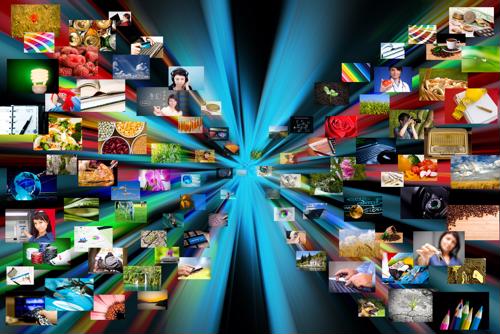In the business world, certain events – grand openings, new product or service debuts, corporate parties and so on – can seem pro forma after a while, if consistent efforts to make them stand out are not applied. Keeping such proceedings constantly fresh is key for event planners. Enhancing these varied shindigs with aesthetically appealing features, like a custom step and repeat banner, can put you well on your way to planning an occasion few will forget. But sometimes you need some extra oomph – and that’s exactly what event technology can provide.
“Technology can significantly enhance event experiences.”
Of course, it’s not like you can simply set up a dazzling light show or devise a few digital marketing bells and whistles and expect those frills to automatically work for every occasion. Context and setting both matter. Let’s take a look at a few of the biggest event tech trends projected for 2018 and identify where they’ll perform most effectively:
Custom apps
According to a 2017 Gartner study, 73 percent of organizations surveyed confirmed that they’d either completed or made significant headway developing their own mobile apps – a 13 percent increase from the previous year.
Depending on the company, the purposes of such apps will vary considerably. However, if this mobile software’s features will be germane to a product rollout or an industry conference primarily sponsored by a single business, there’s no reason to exclude the app from the event, Eventbrite noted. For example, this sponsoring company could provide the timetable for specific conference events or connect users to profiles for the major speakers and products occupying marquee spots on the docket. Whatever the ultimate use, companies’ proprietary apps are too versatile a tool to disregard when planning events.
Various applications for RFID
The range of applications for radio-frequency identification technologies broadly expanded over the course of the past decade. RFID tags and readers are now used for paperless movie tickets, social media promotions and a great deal more.
For the purposes of event planning, RFID will certainly draw attention as a way to manage registration and admission. The systems’ potential for collecting user data for future sales and marketing efforts should also be taken into account. Last but not least, planners could merge high and low tech by using RF tags in conjunction with customized backdrops for a photo booth-style attraction that facilitates a productive call to action on the user’s part.
Livestreaming video over social media
Tools for streaming live video now exist across all of the most prominent social media platforms, including Facebook, Instagram and Twitter. While a real-time chronicling of an organizational event won’t be ideal in all instances, on most occasions, it provides the potential for a veritable gold mine of promotional opportunities. In a holiday party, for example, event planners can help company leaders devise a catchy hashtag for social media commenters to deploy in response to the video, personifying the firm and offering a positive example of business culture that might help recruitment efforts down the line.


